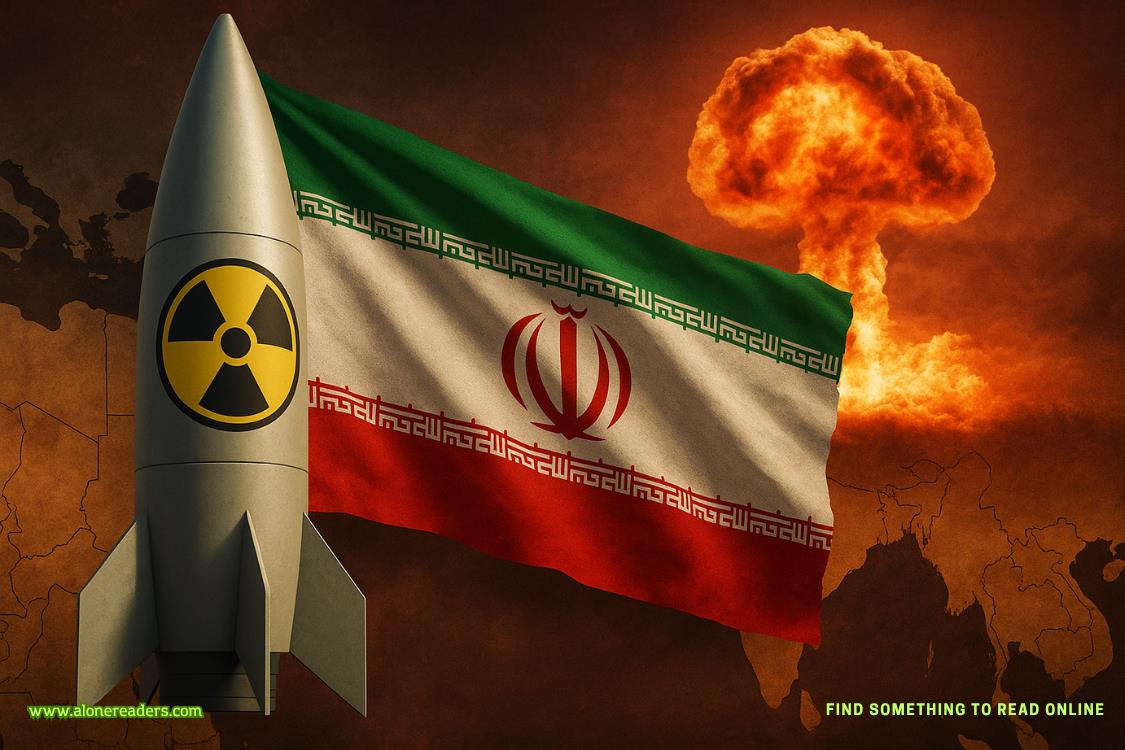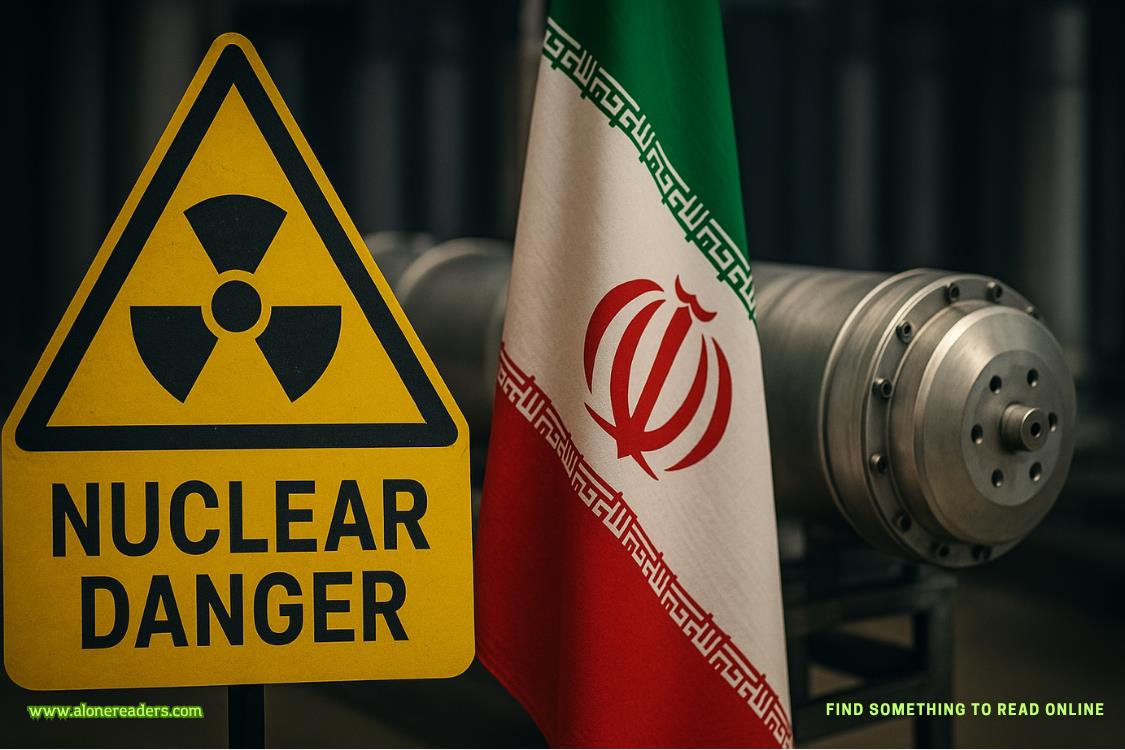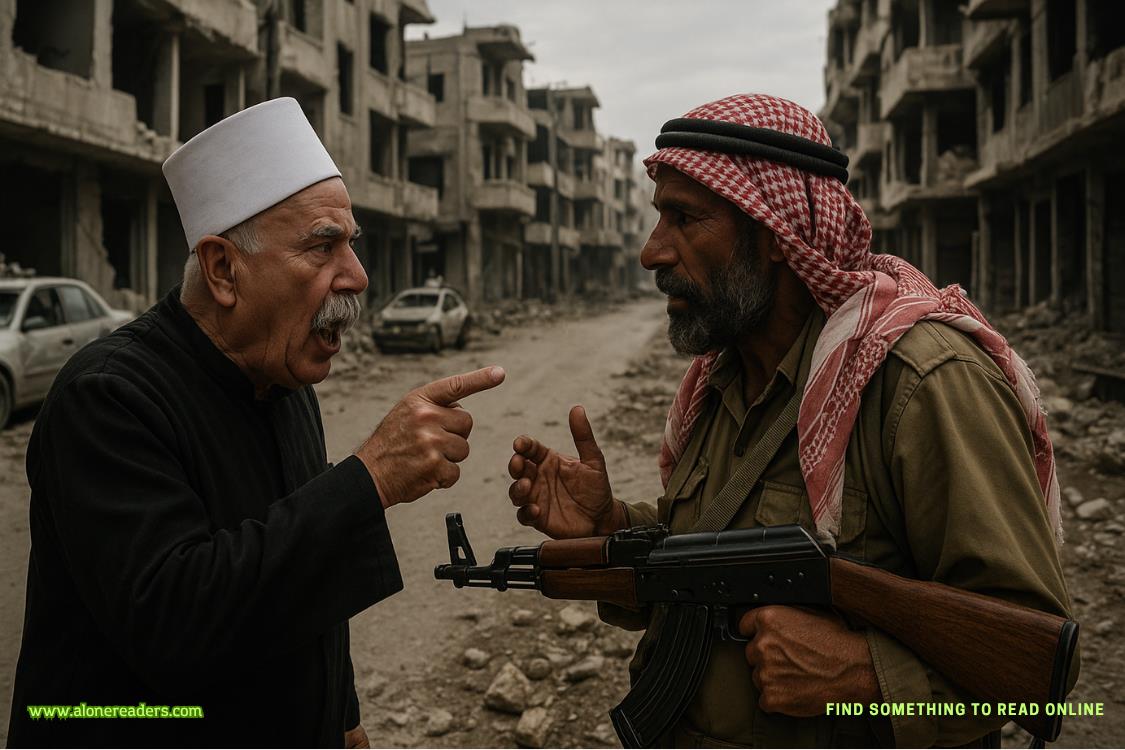“Then why did Albanese lie to me about his earlier visit to theappartamento?”
“I’m not saying he wasn’t involved in the Holy Father’s murder. But he wasn’t the actual killer. He was only the bagman.” Gabriel held up the letter. “Can we stipulate that the existence of this letter in Stefani Hoffmann’s home is proof that Niklaus Janson did not tell her everything that happened that night?”
“So stipulated.”
Gabriel lowered the letter. “When Albanese arrived at nine thirty, the Holy Father was already dead. That’s when he removed the book from the papal study. He came back to the papal apartments at ten o’clock and carried the Holy Father’s body from the study into the bedroom.”
“But why didn’t he remove the letter when he removed the book?”
“Because it wasn’t there. It was in Niklaus Janson’s pocket. He removed it before Albanese arrived the first time.”
“Why?”
“If I had to guess, Niklaus was feeling guilty about letting the murderer into the papal apartments. After the killer left, he went inside to investigate. That was when he found the Holy Father dead and an unfinished letter lying on the desk blotter.”
“Why would Niklaus Janson have let a murderer into the papal apartments? He loved the Holy Father.”
“That’s the easy part. The killer was someone he knew. Someone he trusted.” Gabriel paused. “Someone he was sworn to obey.”
Donati made no reply.
“Did Veronica tell you that Janson and Father Graf were involved in a sexual relationship?”
Donati hesitated, then nodded.
“Why didn’t you tell me?”
“Because I didn’t think it was true.” He paused. “Until tonight.”
“Who are they, Luigi?”
“The Order of St. Helena?”
“Yes.”
“They’re trouble,” said Donati. “Pure, unadulterated, undiluted, irredeemable trouble.”
20
Les Armures, Geneva
Then again,Donati added, the Order of St. Helena had been trouble from the beginning—the year of our Lord 1928, the midpoint between the end of the first world war and the beginning of the second, a time of great social and political upheaval and uncertainty over the future. In the southern German state of Bavaria, an obscure priest named Father Ulrich Schiller came to believe that only Roman Catholicism, in partnership with monarchs and political leaders from the extreme right, could save Europe from the godless Bolsheviks. He established his first seminary in the town of Bergen in Upper Bavaria and quietly recruited a network of like-minded political leaders and businessmen that stretched westward to Spain and Portugal and eastward to the doorstep of the Soviet Union. Thelay membership of the Order soon dwarfed its priestly cast and was the true source of its power and influence. The names were kept secret. Inside the Order, only Father Schiller had access to the directory.
“It was a leather-bound ledger,” said Donati. “Quite beautiful, apparently. Father Schiller entered the names himself, along with the secret contact information. Each member was assigned a number and swore an oath, not to the Church but to the Order. It was all very political and quasi-military. The Order wasn’t terribly concerned with doctrine during those early years. They saw themselves first and foremost as holy warriors, prepared to do battle with the enemies of Christ and Roman Catholicism.”
“What was the origin of the name?”
“Father Schiller made a pilgrimage to Jerusalem in the early twenties. He prayed for hours on end in the Garden of Gethsemane and the Church of the Holy Sepulchre. It’s built on the site where Helena, the mother of Constantine, was said to have found the exact spot where Jesus was crucified and buried.”
“Yes, I know,” said Gabriel. “I happen to live not far from there.”
“Forgive me,” replied Donati.
Father Schiller, he continued, was obsessed with the Crucifixion. He flogged himself daily, and during the holy season of Lent, he pierced his palms with a nail and slept wearing a crown of thorns. His devotion to the memory of Christ’s suffering and death went hand in hand with his hatred of Jews, whom he viewed as the murderers of God.
“We’re not talking about doctrinal anti-Judaism. FatherSchiller was a rabid anti-Semite. Even during the earliest years of the Zionist movement, he was alarmed by the prospect of Jews controlling the sacred Christian sites of Jerusalem.”
It was only natural, Donati resumed, that a man such as Father Schiller would find common cause with the Austrian corporal who seized power in Germany in 1933. Father Schiller was not an ordinary member of the Nazi party; he wore a coveted golden party badge. In his 1936 bookThe Doctrine of National Socialism, he argued that Adolf Hitler and the Nazis offered the surest path to a Christian Europe. Hitler read the book and admired it greatly. He kept a copy at his mountain retreat in the Obersalzberg near Berchtesgaden. During a contentious meeting with the archbishop of Munich, he cited Father Schiller’s book as proof that Catholics and Nazis could work together to defend Germany against the Bolsheviks and the Jews.















